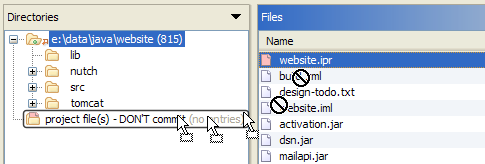

To reintegrate your changes into the desired branch, switch to the desired branch, use Modify| Merge and pick the shelf. Client setup / connectivity for SmartSVN
- SmartSVN client (without jre).
the former branch you had been working and start a new task.

You can finally switch back ( Modify| Switch) to the trunk resp. Select Switch to branch and finally create the shelf using Add Branch.Īfter the shelf has been created and the working copy has been switched to the shelf, you can commit your local changes using one or more commits, whatever will be appropriate for the purpose of the shelf. Have the Source set to Working Copy and have Skip local changes selected, to start a clean branch. Enter a reasonable Name for the shelve there, in our example e.g. Now you can shelve your local changes by Tag+Branch| Add Branch. In SmartSVN, you have to configure the tag-branch-layout of your project to recognize shelves as well: use Tag+Branch| Configure Layout and enter branches/*, shelves/*/* in the Branches input field. Here is an excerpt of SmartSVN’s own repository structure: Also, shelves are usually assigned to individual users, thus introducing one more level of hierarchy to also keep a large amount of shelves manageable easily. To have a better distinction from branches, it’s advisable to create a new top-level directory shelves in your project, which will receive these branches.

For example, say we created a new branch featureA and made some commits push the branch to remote as follows where -u or alternatively, -set-upstream setup the local featureA branch to track their remote counterpart. In SVN, shelves can be implemented using short-living branches. After making changes to a branch, be sure to always push them to their remote branch. Handoff When you have work in progress that is to be completed by another team member, you can shelve your changes to make a handoff easier.Backup When you have work in progress that you want to back up, but are not ready to check in, you can shelve your changes to have them preserved on the Team Foundation server.
Smartsvn create branch code#
Review When you have pending changes that are ready for check-in and have to be code-reviewed, you can shelve your changes and inform the code reviewer of the shelveset.Integration When you have pending changes that are not ready for check in but you need to share them with another team member, you can shelve your pending changes and ask your team member to unshelve them.Interrupt When you have pending changes that are not ready for check in but you need to work on a different task, you can shelve your pending changes to set them aside.In his article, Mark Phippard points out five common scenarios: “Shelves” can be helpful in various situations to “save” the changes of your working copy away for later application.


 0 kommentar(er)
0 kommentar(er)
